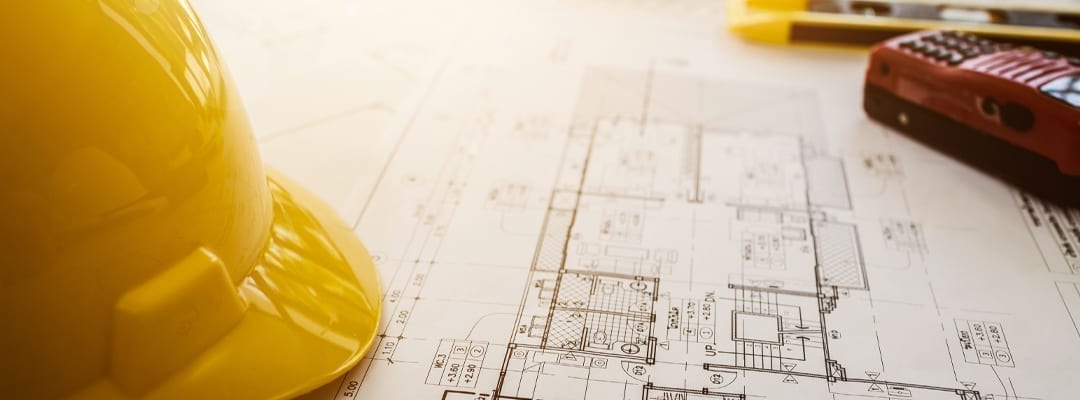
With multiple people, materials and processes to oversee, looking for ways to reduce construction costs is essential for boosting profitability.
Some people equate cutting costs with cutting corners, but the opposite is often true. The right cost-saving changes can actually improve the quality of your work and help you finish projects on time.
Let skilled workers focus on what they do best
With skilled workers in high demand, labor is expensive and hard to find. To minimize costs, you need to enable your workers to be as productive as possible.
Material handling is one area where a skilled laborer’s time is often wasted. According to the National Electrical Contractors Association (NECA), up to 40 percent of a project’s labor cost can be consumed by material handling — and that’s just labor costs.
Do you really want your electricians sorting out materials when they could be completing tasks that only a licensed electrician can do? Everyone excels when they focus on what they do best.
Material management services like job site boxes, kitting and scheduled deliveries help you do just that. By outsourcing material management to your distributor, you can reduce labor costs dramatically.
Talk with your distributor often
An important step in reducing construction costs is staying in touch with your distributor about your material needs. In times of pricing volatility and material shortages, communicating frequently with your account manager helps you know what to expect for pricing and timelines.
It also gives your account manager the opportunity to recommend ways for you to save money. The earlier you can let your distributor know what you need, the more options you’ll have.
Take care of tools and equipment
Tools and equipment are necessary expenses that enable you to do your job and make money. Cutting them from the budget isn’t an option.
However, you can extend the life of your tools and reduce construction costs by taking good care of them. Proper inspection and regular maintenance can decrease the time between replacements, and it also improves safety.
Investing in high-quality tools is also important. If one drill costs twice as much as another but lasts three times as long, it’s a better deal in the long run. You know you’ll need the drill no matter what, so it makes sense to choose the tool that will last longer.
Manage information with technology
Construction software and mobile apps can help you reduce costs by increasing the availability and accuracy of information.
First, the ability to make project information available in real time reduces delays. Everyone on your team knows what needs to be done without having to ask. Stakeholders are happy because they can see regular reports on progress. Communication improves all around.
Technology also increases the accuracy of information. This is especially important for any information related to payments, where errors can quite literally cost you money. Rather than relying on manual data entry, you can use integrated technology to streamline important business processes.
Recap: Ways to reduce construction costs
None of these ways to reduce construction costs require you to sacrifice the quality of your work.
When skilled workers focus on what they do best and you use technology to manage information, productivity increases. And when you stay in touch with your distributor and take care of your tools, you can make smarter purchases that save you money.
Speaking of distributors, you can count on us to help you find ways to reduce overall construction costs. Get in touch with your local Border States branch to learn about material management services and more.
This article was originally published on November 6, 2018. It was updated and republished on July 14, 2021.
Read more
6 Unique Material Handling Challenges of High-rise Construction
5 Strategies for Navigating Long Lead Times and Material Shortages